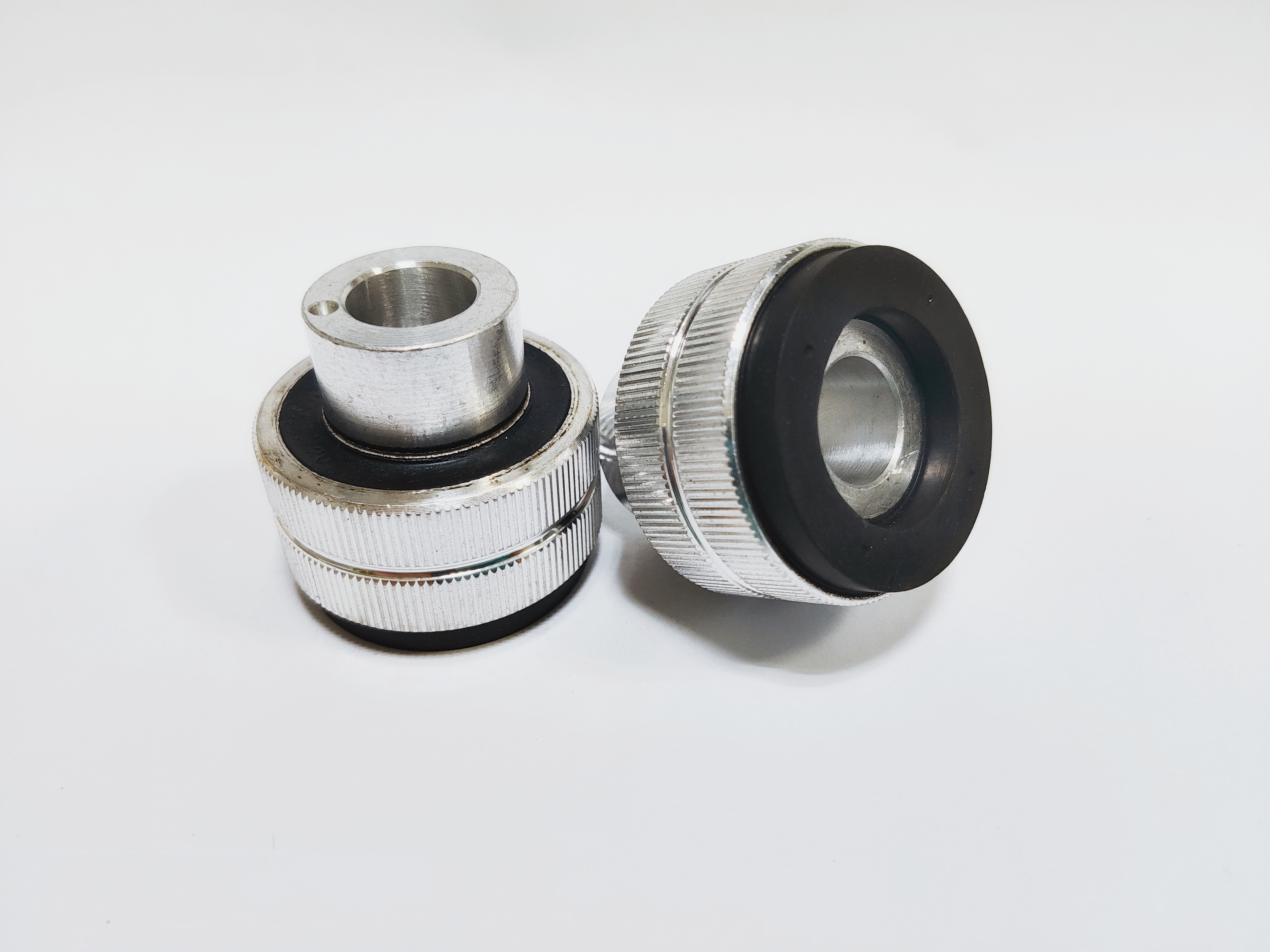hotline:
13802460607
web:www.sampe.com.cn
tel:0750-3683330
contacts:Miss Tan
email:sales@sampe.com.cn
hotline:
13802460607
web:www.sampe.com.cn
tel:0750-3683330
contacts:Miss Tan
email:sales@sampe.com.cn
The choice of antioxidants for rubber seals, due to the different types of rubber and vulcanization methods, different antioxidants can be selected. The following is a brief introduction to the antioxidants commonly used in various rubber seal production equipment.
1. Anti-aging agent for NR and SBR
When choosing antioxidants, consideration should be given to improving the heat resistance, ozone resistance and flex resistance of rubber seals. There is more demand for antioxidants with good sustained stability.
2. Anti-aging agent used in NBR
For NBR, the anti-ozone cracking aging agent has less effect. This is because the antioxidant has good mutual solubility in NBR, and it is difficult to migrate to the rubber surface. If used together with paraffin, it can exert the effect of ozone resistance. For NBR, it is better to use low molecular weight paraffin wax.
3. Anti-aging agent used in CR
Compared with NR and SBR, CR is very resistant to ozone, but ozone cracking may occur during long-term use. The rubber seal manufacturer adds a small amount of 810-NA (IPPD), 6C, DP and other anti-ozone cracking aging agents to CR, which can significantly improve the ozone resistance. In addition, CD (carbodiimide) is effective as a durable heat-resistant antioxidant.
4. Anti-aging agent used in ECO
Chloroether rubber (ECO) is prone to softening and aging. Anti-aging agents that can effectively inhibit softening and aging include NBC (nickel dibutyl dithiocarbamate), MB (mercaptobenzimidazole), and 224 (TMDQ). In the chloroether rubber, if the amine antioxidant is excessively compounded, the ozone resistance will decrease.
5. Anti-aging agent used in ACM (acrylate rubber)
Acrylic rubber aging has both hardening aging and softening aging. Therefore, it is necessary to choose a suitable antioxidant. For hardening and aging acrylic rubber, it is more effective to choose antioxidant CD, while for softening and aging acrylic rubber, you can choose 224, 6C antioxidant.
6. Anti-aging agent used in peroxide-vulcanized EPDM rubber
Antioxidants for peroxide vulcanized rubber, generally choose imidazole MB, MBZ (mercaptobenzimidazole zinc salt) antiaging agents, in addition, in the amine antiaging agent, you can also choose to use 224, which has less effect on crosslinking. CD antioxidant. In EPDM, MB and 224 or CD antioxidants can be used together to make the rubber compound have excellent heat resistance. Since they are not effective in sulfur-vulcanized rubber, such antioxidants are not used.
